25 Jan Modern Landscape Design – Trends for the Twenties
Weather patterns are changing and whilst big business has an important role to play in cutting carbon emissions, every single one of us can also do our bit. Our gardens are the perfect place to start. Here are our landscape design tips for the twenties.
Will landscape design in the UK take on a more Mediteranean vibe as our weather patterns change? Trees for shade and simple utilitarian surfaces are great for people but do such simple schemes help combat climate change?
I’m not going to bore you with a lecture on the ins and outs of climate change. Instead, here’s a link to the NASA website where the facts and figures speak for themselves. As I see it,changing weather patterns will have a massive effect on our lifestyles in the future. In turn that means that our our homes and properties will need to be adapted. Not just so that they remain usable and beautiful, but also so that they contribute much less to the rising CO2 levels that are damaging our planet. Plus, if our gardens could actually help suck CO2 out of the air and store it out of harms way, that would be super.
Landscape design trends for the twenties will be all about future-proofing. Making gardens that adapt to changing weather patterns, changing lifestyles.
Scientists believe that we can expect to see wetter, milder winters with a greater risk of frost in spring time. Summers will be longer and hotter and there may even be a risk to water supplies at times. So, how could your garden adapt to those changes and still help the environment?
Keeping cool in summer
It’s all too easy in summer to stay indoors with the air con on. Which is crazy when you think about it. If you were paying for a sunshine holiday, that’s the last thing you would want to do. So why not make your own garden a cool place to relax? It’s all about bringing the indoors, outdoors.
I’m predicting that landscape design Trends for the 20’s will include more
- Open-air TV screens
- Outdoor kitchens
- Alfresco eating areas
- Comfy relaxation areas
- Garden offices (to cut down on commuting in hot weather)
Garden designed in 2019 with lots of shade, plenty of plants to cool the atmosphere and a wonderful outdoor kitchen. This space can be used all year round.
Managing droughts and deluges
This winter has been surprisingly mild so far. I’ve been barbequing in all weathers and the children have loved being outdoors between rain showers. Having great drainage in my garden has made all of that possible – without it, we would possibly be wading through a quagmire and even worse – trampling mud in the house.
There are lots of ways that landscape design can help to manage water all year round. First of all, getting the levels in the garden just right so that excess water can drain off. Then there’s the matter of where water will drain to – a rain garden is one suggestion, or, perhaps you could think about sending the excess to a reservoir where it can be used for irrigation in summer. That’s just a modern version of grandad’s water butt – but it works!
Summer irrigation is controversial. On the one hand, plants need water and the planet needs plants. On the other hand, when water is scarce, where should it be used as a priority?
Landscape design for the twenties will look hard at water management. Making the right plant choices, caring for the soil and getting winter drainage just right so that our gardens are usable for as many months of the year as possible.
Landscape Design to Promote Biodiversity
Biodiversity is another emotive subject, but it’s important. Believe it or not, many of our medicines come from researching the healing properties of plants and the natural immunity of some animal species. There is so much still to discover, but if we lose those species, then we’ll never be able to learn from them.
Biodiversity starts in our back yards. It’s about including plants in garden design that will help to support a wide variety of life..
- Swapping fences for hedges,
- Adding some trees (also good for water management and creating shade!)
- Caring for the soil
- Including a variety of different plant species to look interesting and attract different types of wildlife
- Planting plans that create pockets of potential habitat
- Wildlife corridors to help creatures travel from garden to garden
Beth Chatto’s garden is one of the best examples of landscape design for climate change. Lots of biodiversity, very user friendly and using plants that suit the conditions.
Lowering the carbon footprint fruit n veg
Have you ever thought about how much impact your healthy food has on the wider environment? Looking at labels in the supermarket I can see that much of the salad crops I serve with my barbecues has travelled a very long way before it gets to my plate. That’s daft.
Anyone with a garden or even a window box could save several food miles by growing a small proportion of their own fruit and veg. And food growing isn’t necessarily high maintenance. At least not if you employ some sneaky garden design tips.
- If you only have room for one tree – make it a fruit tree
- Veg plants can double up as foliage plants when they are slotted into beds and borders.
- Some fruit bushes make great ornamental features – why not include a fruit cage in your design. They’re pretty AND practical.
- Herb plants are great beside a path so you get the scent wafted at you as you walk past. Some of them are also rather good at keeping insects away from your eating areas.
- A greenhouse will extend the growing season. Use it to grow salad crops, early potatoes, cut flowers for the house and so much more.
- If you install an irrigation system you don’t need to disrupt your lifestyle to water the veg – instead, use an app on your phone to turn on the tap.
Carbon neutral garden maintenance
It’s not just making a garden that can help the environment, it’s how you manage it too. Clever landscape design considers the ongoing care and while I’m designing for the twenties I’ll be thinking about what the client wants in terms of maintenance, but also what the environment needs. My designs are likely to include
- Companion planting to control pests and diseases
- Selecting plants and trees that are naturally resistant to disease so that they live longer and need less maintenance
- Opting for lower maintenance elements options so that you don’t need gas-guzzling tools or chemical treatments to maintain them. Eg using cedar fencing that will last for many years without adding preservatives
- Choosing plants that have been grown locally and have a lower carbon footprint
- Not just plants – opting for hard landscaping materials that have been sustainably produced
- Using technology to reduce maintenance but keep eco-benefits. Eg automatic lawn mowers instead of artificial grass, and/or installing efficient irrigation systems.
Reducing waste
A garden makeover can sometimes involve removing a lot of materials from site. Old sheds, tired plants, broken patios etc. Of course it’s not always possible to retain existing garden features but if they can be re-used they should be. What can a landscape designer do to help reduce waste?
- Avoid cutting down mature trees – instead incorporate them into the new design (maybe prune them a bit if necessary)
- Include existing plants in the new scheme
- Use reclaimed bricks, setts or stone
- Specify plants from a nursery that uses peat-free growing medium and pots that can be recycled
Make it last a lifetime
Finally, landscape design trends for the twenties need to be about sustainability. Creating gardens that adapt to their owner’s changing needs and to changing weather patterns.
Landscape design is important but so is the build. A well built garden will stand the test of time and can easily be adapted as its owners’ needs change. Choose your landscaper wisely!
We all get less agile as we age, so a garden needs to be easily tweaked during its lifetime. Steps will be built so that a handrail can be added if needed. We make sure the garden is accessible with a walking aid or a mobility scooter…just in case. Nice, deep raised beds are not only a good place to grow veggies, they can be maintained from a chair if your back is aching.
Scientists have a good idea how weather patterns are going to change during the lifetime of the gardens we build and, which means that we, as landscape designers can accommodate those changes. From major considerations – like drainage and water management to choosing plants that bring as many benefits as possible to comfort levels in the garden, privacy,, wildlife and the wider environment.
If you are aiming for a more sustainable lifestyle, a well-designed and well landscaped garden will make a giant contribution.
Talk to the Tapestry Design Studios team about different ways of improving your plot
Related articles
How to futureproof your garden
Garden design advice for landscapers
Alternative lawns that won’t turn brown in a hot summer




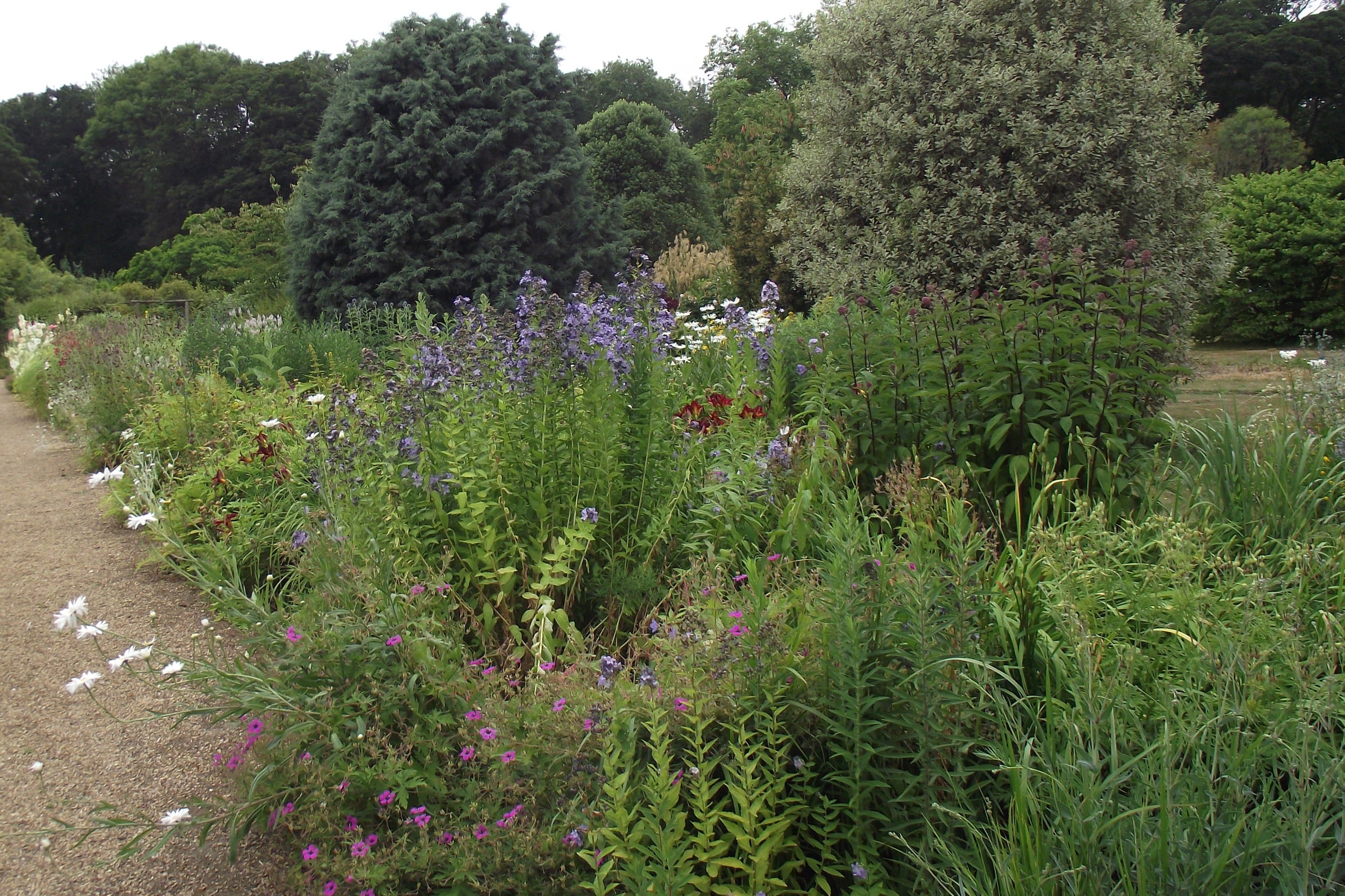
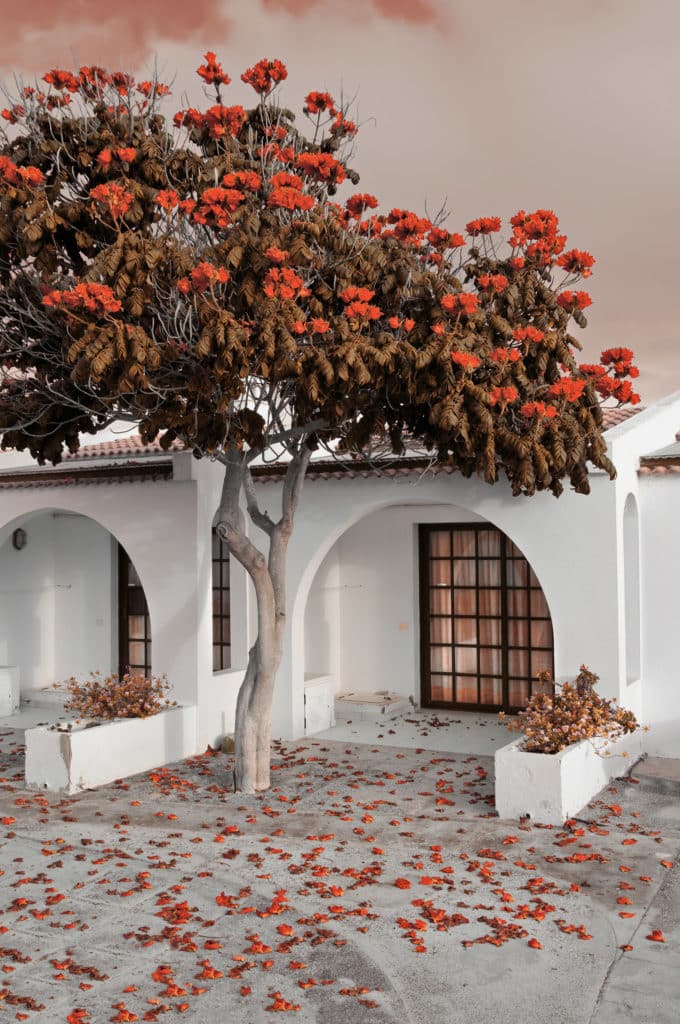
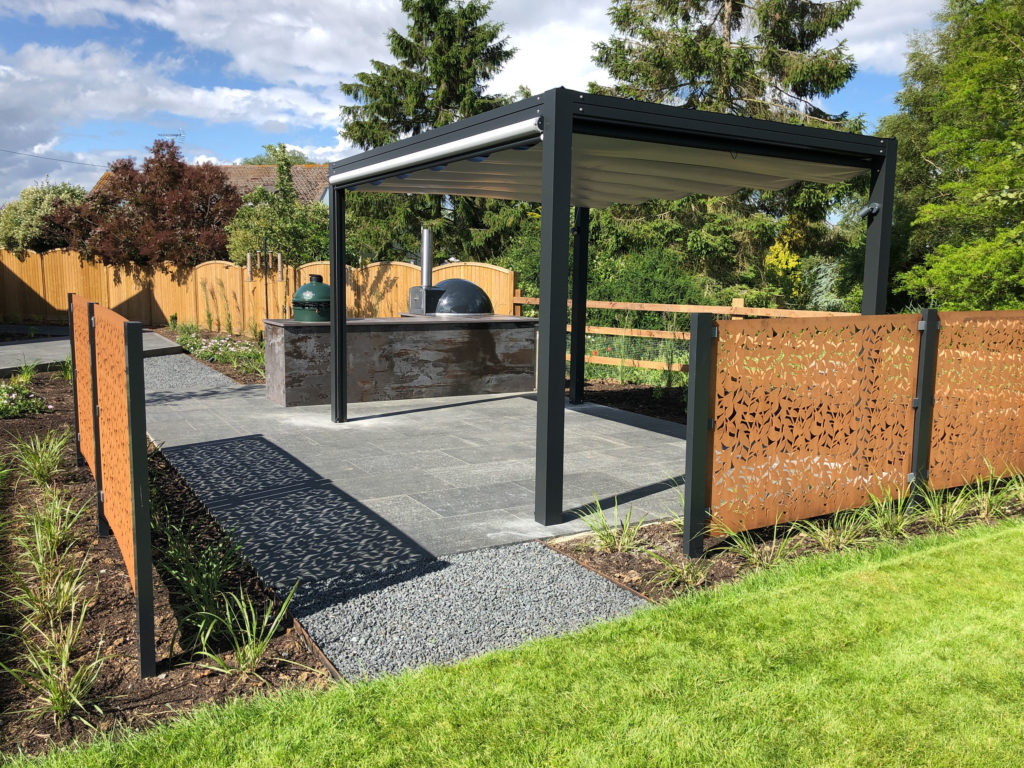
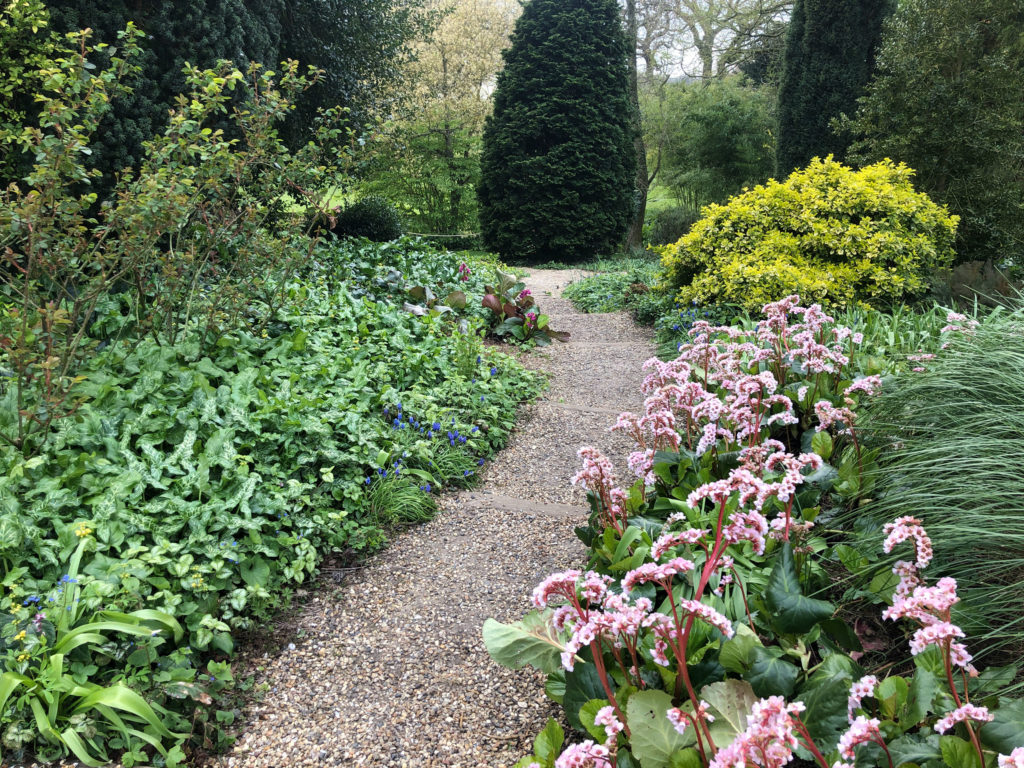
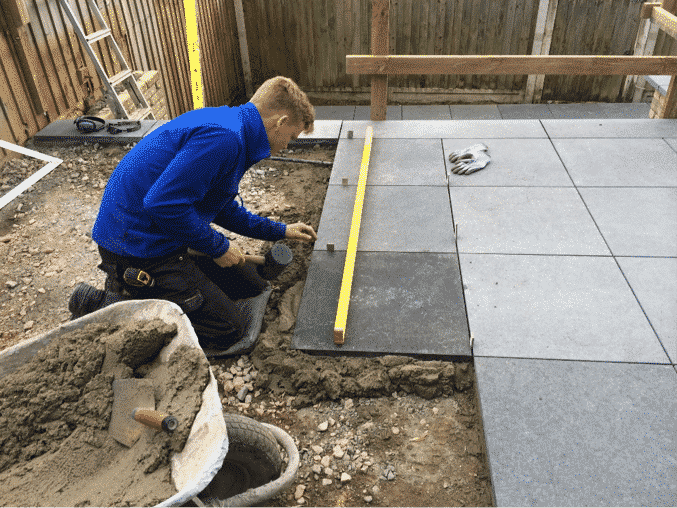
Sorry, the comment form is closed at this time.